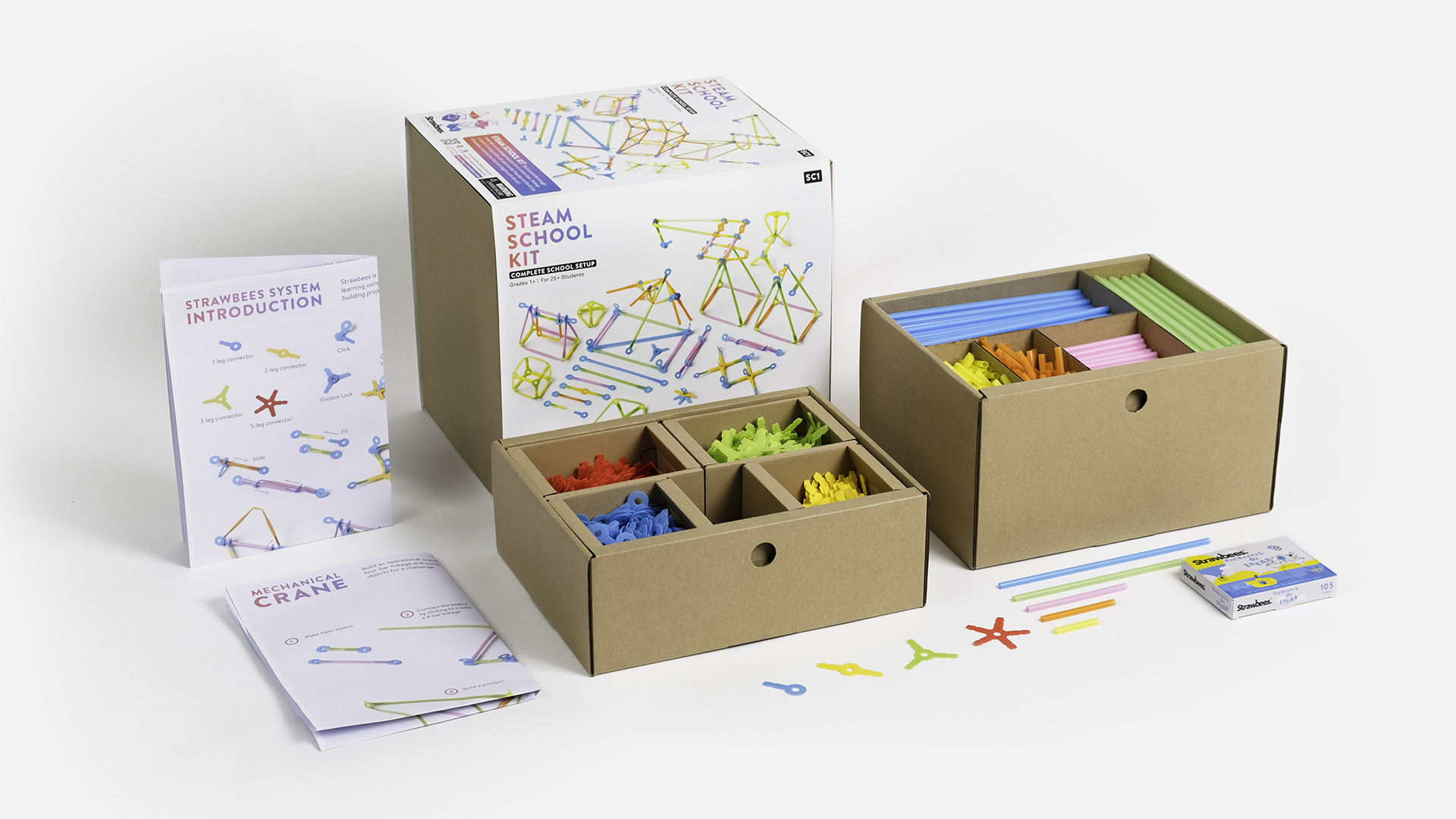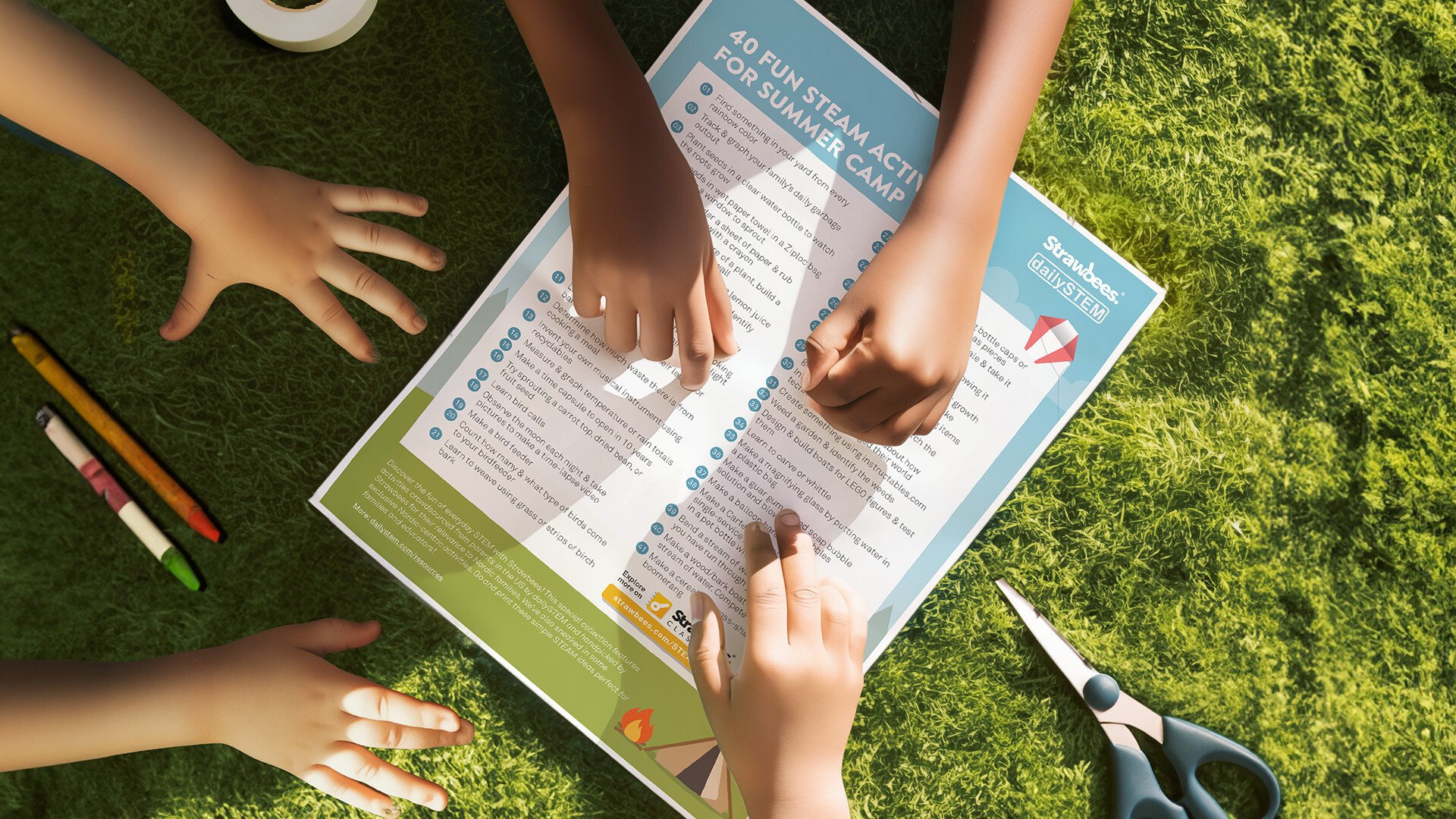I Want to Teach STEAM/Coding, But Where do I Start?
Teaching STEAM (Science, Technology, Engineering, Arts, and Mathematics) while incorporating coding into a learner's activities can be a rewarding endeavour, equipping learners with essential skills for success in a technological and digital age. Whether you're a seasoned educator or a newcomer to the field, STEAM (plus coding) can feel daunting to teach.
In this article, we aim to squash the trepidation you may feel and provide you with a step-by-step guide to get started with teaching STEAM and coding in your school.

Understanding the Importance of STEAM and Coding Education
Before diving into the practical aspects of teaching STEAM and coding, it’s important to understand why these disciplines are essential for the next generation to learn:
- Future-Ready Skills: In an increasingly technology-driven world, proficiency in STEAM and coding is crucial for preparing learners for future career opportunities. These disciplines foster critical thinking, problem-solving, creativity, and collaboration – skills that are highly valued in the 21st-century workforce.
- Promotion of Innovation and Creativity: This type of education nurtures innovation and creativity by encouraging learners to explore, experiment, and design solutions to real-world problems. Through hands-on learning experiences as well as coding on-screen, learners develop a growth mindset and learn to embrace challenges as opportunities for growth through physical and virtual environments.
- Equity and Inclusion: Providing access to creative and innovative education for all learners, regardless of their background or socioeconomic status, is essential for promoting equity and inclusion in education. These disciplines empower learners to become active participants in contributing to societal progress.
Essential Tools and Resources for Teaching STEAM and Coding
Now that we understand its importance, there are some essential tools and resources that will help to support your entry or development into this form of teaching and learning:
- Coding Platforms and Tools: There are numerous coding platforms and tools available to introduce learners to programming concepts in a fun and engaging way. Some popular options include Scratch, Code.org, Tynker, and Blockly. These platforms offer interactive tutorials, projects, and challenges suitable for learners of all ages and skill levels.
- Physical Computing Kits: Physical computing kits, such as Raspberry Pi, Arduino, and micro:bit (the latter is compatible with Strawbees), provide learners with hands-on experiences in coding and electronics. These versatile platforms allow learners to build and program their own projects, ranging from simple LED displays to complex robotics systems.
- Online Learning Resources: Take advantage of online learning resources, such as tutorials, webinars, and lesson plans, to enhance your understanding of STEAM and coding concepts. Websites like Khan Academy, Coursera, and Udemy offer more generic courses on topics ranging from introductory programming to advanced robotics, here at Strawbees we provide more specific STEAM and coding-based tutorials, lessons and courses.
- Educational Apps and Games: Educational apps and games can complement traditional classroom instruction by providing learners with opportunities for independent practice and reinforcement of STEAM and coding skills. Apps like Kodable, Lightbot, Hopscotch and Sumdog offer engaging activities that make learning programming, maths and STEAM concepts enjoyable and accessible.
- Teacher Training Programs: Participate in teacher training programs and workshops focused on STEAM to enhance your pedagogical skills and confidence in teaching these subjects. Organisations like Strawbess, code.org and Raspberry Pi Foundation offer professional development opportunities tailored to educators.

Practical Strategies for Teaching STEAM and Coding
Now that we've covered the essential tools and resources, let's explore some practical strategies for teaching these topics effectively:
- Start Small: Begin by introducing basic coding concepts and STEAM activities gradually, allowing learners to build confidence and proficiency over time. Start with simple projects and gradually increase the complexity as learners become more comfortable with the concepts. This will also help with your own learning curve. Starting too complex and trying to learn too much too soon can lead to a disinterest in developing your own abilities any further.
- Emphasise Problem-Solving: Encourage learners to approach coding and STEAM projects as opportunities to solve real-world problems and address challenges creatively. Foster a growth mindset by celebrating mistakes as learning opportunities and encouraging perseverance in the face of challenges, especially when some form of coding is incorrect or a hands-on design and build didn’t turn out as expected. This is where the opportunities are for growth!
- Promote Collaboration: Incorporate collaborative learning activities, such as pair programming and group projects to build on teamwork capabilities and communication skills. Encourage learners to share ideas, collaborate on projects, and provide feedback to their peers.
- Make it Relevant: Connect coding and STEAM activities to learners' interests, passions, and real-world contexts to increase engagement and motivation. Explore interdisciplinary connections between all of the STEAM subjects such as science, art, and design to demonstrate the relevance of these skills in various fields and how these are linked to potential future careers.
- Encourage Exploration: Provide learners with opportunities for open-ended exploration and experimentation, allowing them to follow their curiosity and pursue projects that align with their interests. Encourage learners to explore different programming languages, hardware platforms, and STEAM disciplines to discover their strengths and interests, allowing learners to grow and develop in-line with what they enjoy.
- Celebrate Successes: Celebrate learners' achievements and successes in projects through showcases, exhibitions, and competitions. Recognising learners' creativity, innovation, and problem-solving skills to build confidence and motivation. This is also a great opportunity for out-of-school activities and participation by sharing successes with parents and guardians and prompting after-school clubs linked to STEAM and coding.
Summary
Teaching STEAM and coding can be a fulfilling and rewarding experience, empowering Learners to develop essential skills for success in the future. By understanding the importance of STEAM and coding education, leveraging essential tools and resources, and implementing practical strategies for teaching, you can create engaging and impactful educational experiences for your learners.
Whether you're just starting or looking to enhance your existing practice, remember that every step you take towards integrating STEAM and coding into your teaching repertoire brings you one step closer to preparing learners for a future full of possibilities within the real world!
You May Also Like
These Related Stories

Unboxing Strawbees STEAM School Kit (for up to 30 Learners)

Integrating STEAM Learning into UK Schools: A Comprehensive Guide


